How to stop condensation on toilet cistern – the dreaded toilet sweat
How to stop condensation on toilet cistern is a common thought for owners of older homes.
Unfortunately, older houses are often colder due to their design meaning condensation flare-ups are all too common.
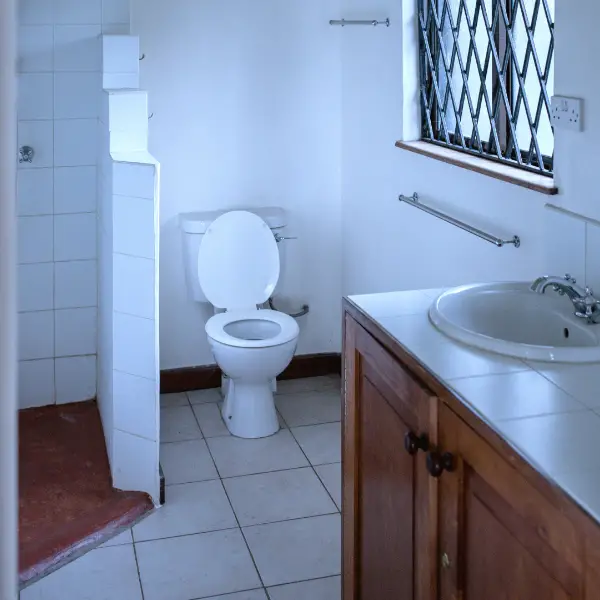
Toilet sweat or condensation tends to be more of a problem during the colder months and can lead to a series of other issues with mould and dampness.
Although this might sound daunting, don’t worry, it’s a problem that can be easily solved with the right knowledge and equipment.
What is condensation?
Condensation is the process of water vapour turning into liquid form on cold surfaces. This happens when warm, moist air comes into contact with a cold surface and cools down. The moisture in the air condenses and forms droplets of water.
The air in places like bathrooms is unfortunately full of moisture thanks to showering and bathing which gives off high levels of humidity. Think of taking a drink out of the fridge on a hot summer’s day and how the moisture condenses on the can or bottle. This is the same reaction that happens only in your bathroom and on your toilet cistern.
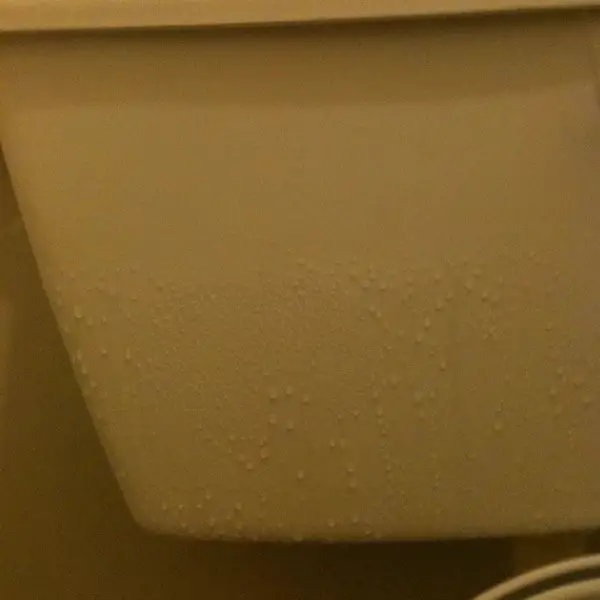
Why do old houses have cold bathrooms?
If you live in an old house, you have likely experienced a cold bathroom. This is because old houses were built before central heating became a standard feature. This, unfortunately, means that the bathroom was not designed to retain heat, and as a result, it can become very cold, especially in the winter months.
Additionally, homes that were built before 1920 tend to have single-skin walls, meaning they are typically colder than modern cavity walls.
These cooler temperatures tend to lead to problems with condensation on the toilet cistern, as well as other surfaces in the bathroom.
How to stop condensation on toilet cistern – Potential damage
Condensation can wreak havoc on a number of things in your bathroom and can also cause a number of health issues. Here are some of the problems that condensation in your bathroom can cause:
- Mould Growth: One of the most significant consequences of condensation on toilet cisterns is the growth of mould. Mould thrives in moist environments, and when water droplets form on the toilet cistern, mould can quickly start to grow. Not only can this damage parts of your bathroom it can also cause a range of health problems, including allergies, headaches, and respiratory problems.
- Damage to Bathroom Walls and Flooring: Over time, the constant exposure to moisture can cause the paint on the walls to peel, the grout between tiles to break down, and the wooden frames of the toilet cistern to rot. In severe cases, the damage caused by condensation can result in costly repairs.
- Increased Risk of Structural Damage: If the condensation problem is not addressed in a timely manner, it can lead to more significant problems, including structural damage to the bathroom. In extreme cases, the weight of the water droplets can cause the toilet cistern to become unstable and even break, leading to further damage.
These issues alone show the importance of taking steps to prevent condensation from forming on your toilet cistern.
Your bathroom and health will thank you for it and you will also be able to avoid some costly repairs or redecorating.
How to stop condensation on toilet cistern – Next steps
Here is a full checklist of options to help keep condensation at bay in your bathroom.
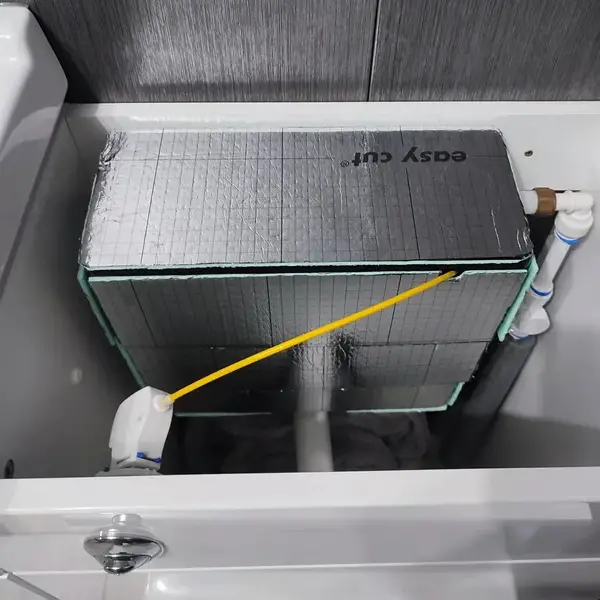
- Insulate the pipes: Insulating the pipes that run to the cistern will help keep water inside the pipes warm, preventing condensation from forming. As mentioned above condensation forms when the air hits cold surfaces.
- Install a heated towel rail: If your bathroom is particularly cold, consider installing a heated towel rail. This will help to raise the temperature of the room and reduce the amount of condensation that forms on the toilet cistern.
- Use a dehumidifier: Running a dehumidifier in the bathroom will help to reduce the amount of moisture in the air, preventing condensation from forming on the toilet cistern.
- Ventilation: Ensuring your bathroom is well-ventilated will help to prevent condensation from forming by removing some of the moisture from the air.
- Double glazing: If your bathroom is part of a larger room, consider installing double glazing in the windows. This will help to reduce the amount of cold air entering the room and prevent condensation from forming.
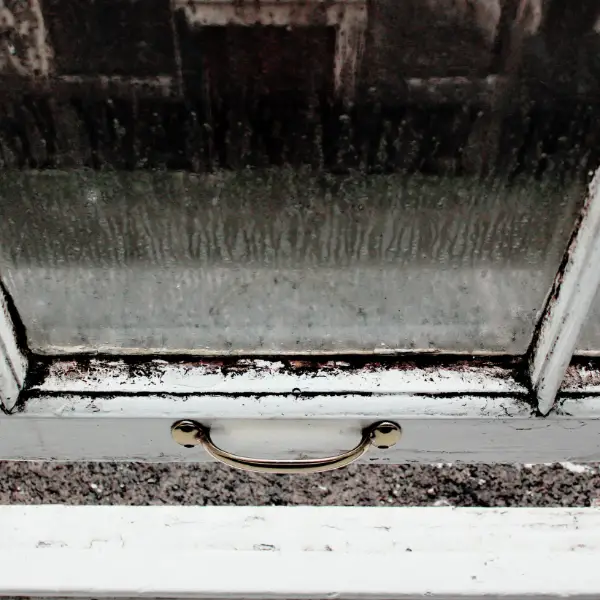
This Kinda Old House Top Tip
Install an extractor fan. The use of mechanical ventilation will help supercharge your ventilation efforts and remove as much moisture as possible.
Modern extractor fans can even turn on automatically when certain humidity thresholds are breached, meaning maximum moisture removal with minimal effort.
How to stop condensation on toilet cistern – Final thoughts
Condensation on toilet cisterns can be an annoying problem, but it can be easily solved with the right knowledge and equipment.
Understanding why condensation forms and following some of these steps will help keep your bathroom dry, warm and mould-free.
Condensation is a prominent issue in many houses, especially older homes. It is often mistaken for more severe problems such as rising damp. Learn more about solving your condensation problem with our full guide.
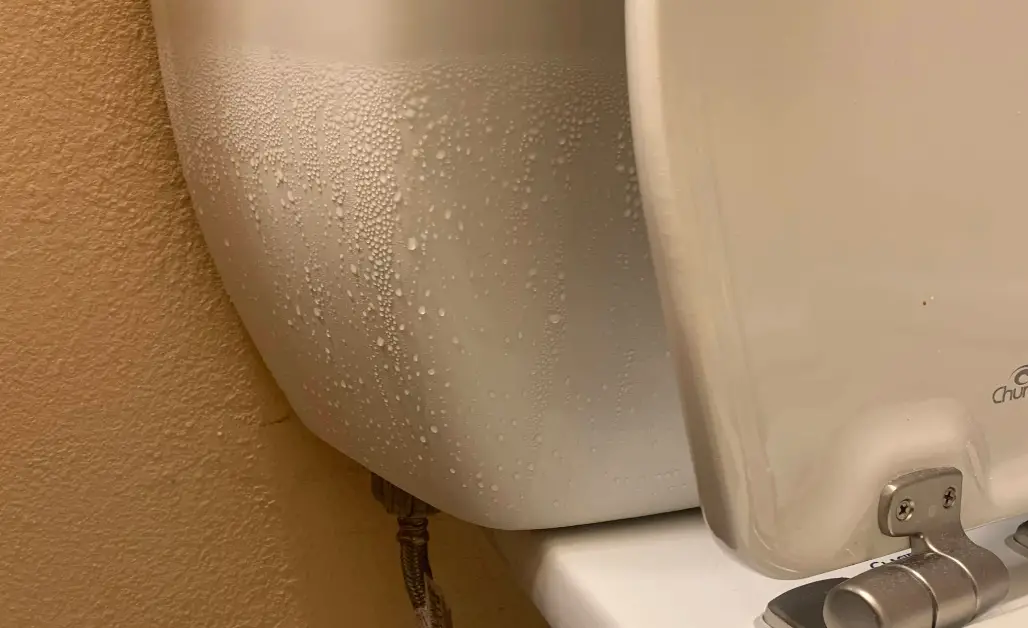
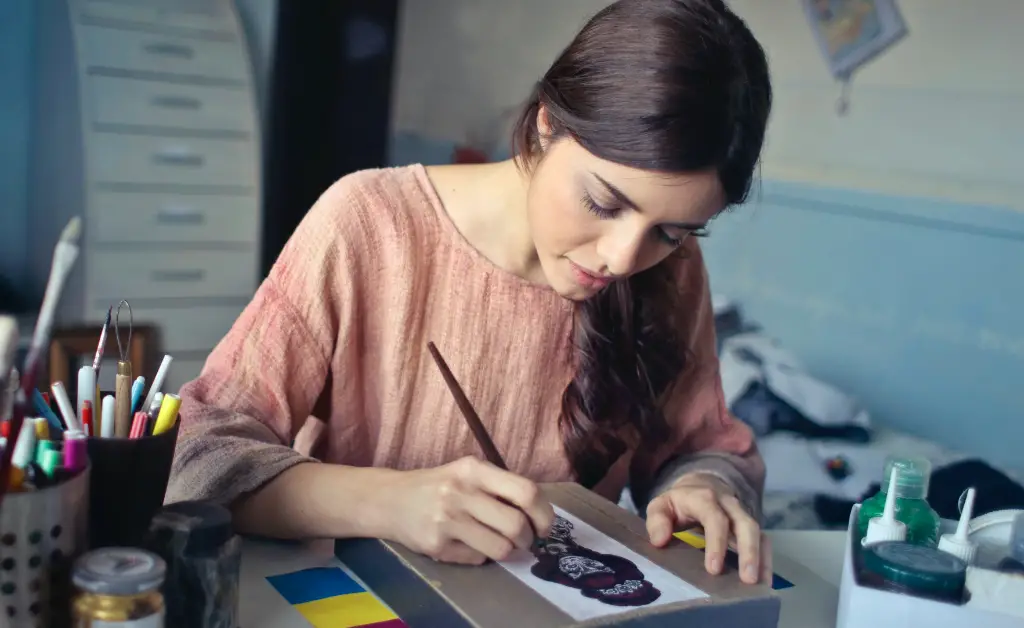
Leave a Reply